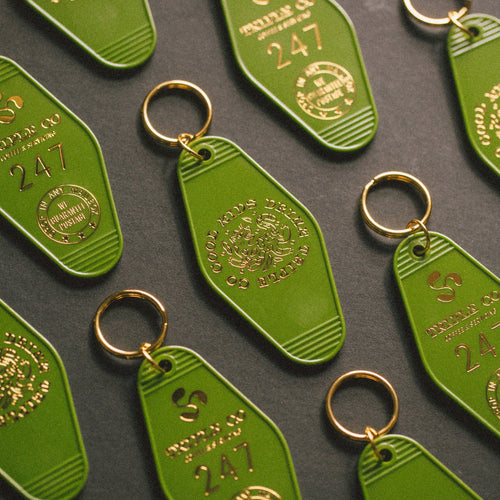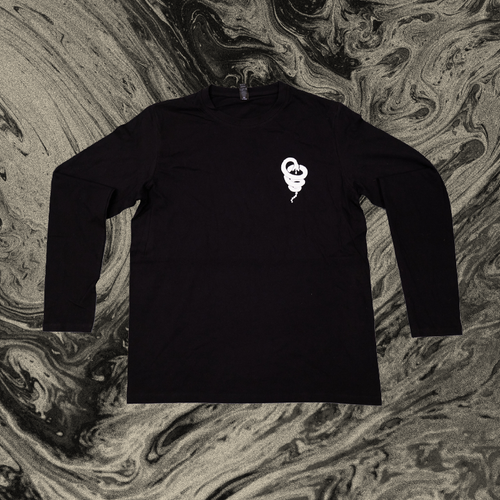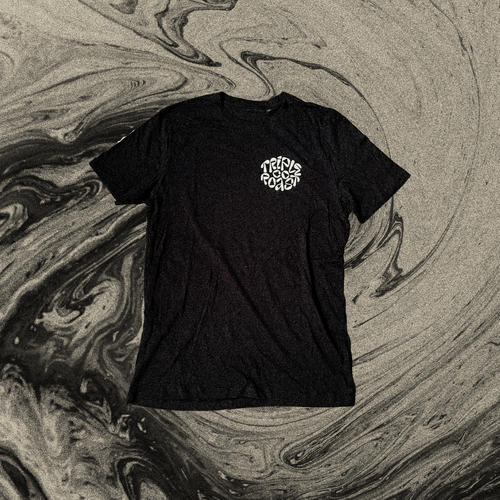Hey direct trade, what's the point? - Colombia Trip
What's all the buzz with direct trade? You hear it a lot, you may buy it a lot, but you might not fully know what it means! Direct trade is a buying model adopted by the coffee industry, in which a coffee roaster or supplier will try to contact a farm/co-op directly to buy coffee, instead of going through an importer. It is often seen as an alternative to certifications such as Fair Trade, and has no set parameters. On paper this has many benefits such as premiums for coffee going directly to farmers, consumers having a clear/more traceable supply chain and no expensive buy in's. Recently however, direct trade has been getting a lot of stick.

Since starting Triple Co Roast, I've always wanted to have direct trade as a core foundation to the company. To me DT has always meant two things: Assurance in the quality of the green coffee we buy and knowing where the money I use to buy the green coffee is actually going. These are the reasons why I consistently choose direct trade over just picking coffee off an importers offer list. Now don't get me wrong, there are many great importers out there offering great coffees. We often buy coffee from certain importers we know and trust, and in a sense this is direct trade, as we know the quality of the green we are getting and we know and trust where the money is going. That being said, I still believe dealing with the farmer himself is a more rewarding and beneficial process.

Recents articles such as: 'Problems with Firm-Led Voluntary Sustainability Schemes: The Case of Direct Trade Coffee' (http://www.mdpi.com/2071-1050/9/4/651/htm?utm_campaign=buffer&utm_content=bufferb7fbd&utm_medium=social&utm_source=twitter.com) have shed light on the potential downfalls of the direct trade model. People have been arguing that direct trade is more of a marketing stunt than a sourcing policy, and that it doesn't provide sustainability to the producer like an importer can. In a sense its true, I mean if you were sourcing sustainably why wouldn't you shout about it? As an industry however I believe we need to watch this fine line between marketing and helping people. The two cannot be separated but one side can definitely be favoured and exploited. I believe when done right, direct trade truly does offer a great alternative selling option for producers. The reality is if you cut more people out of the supply chain, less people want a cut of the money. The sustainability of this smaller chain is another question, but in theory it works. Being consistent in DT is a complex issue. If a producer has a bad year, and bad tasting coffee, can small roasters really support them? Some argue not, and in part it is true, however whether this is reason against direct trade, I'm not so sure.

I recently took a trip to Narino, Colombia to visit the Inga Aponte tribe. The Inge Aponte are an indigenous and autonomous tribe/group of villages, all growing high altitude and amazing coffees. We have partnered with them before, and they were in fact our first direct trade coffee. Many of you have tried our Inga Aponte Honey processed coffee, grown at 2150m high. We loved this coffee so much we decided it was time to take a visit, meet our producers and learn something. We spent a week there, everyday starting with a cupping (coffee tasting) of around 30 different coffees that had come into our friend Jose's Co-op. Some were speciality and some were not, all of them being graded on the SCA scale of 0-100. Coffees that score 80+ are usually considered speciality, while everything below is conventional. One interesting thing that I noted whilst being out there was the sheer scale and grip conventional and low grade coffee still has on the market. Roughly 5% of what was being processed at the Coop was speciality grade, whilst the other 95% was not so great tasting commercial stuff - think Nescafe, Kenco, instant etc.

We were lucky enough to cup the 2017 harvest, and are in the process of getting the sacks in for the coming year. So expect the Inga Aponte Honey this year! After cupping we would usually visit a farm such as Jose's or another local. The day I enjoyed the most was actually going up to the Inga Aponte villages. It was about a two hour drive from where we were staying, with an 1.5 hours of that being on a completely unkept rocky/bumpy road in a Mazda hatchback. Once we made it we met Fernando, the head sales guy for the tribes coffee and member of the community. He took us around and I got to see all the coffees I had bought the previous year, but fresh harvest versions. They had all kinds of different Honey processed coffees: red, yellow and black grade. Fernando also showed us how bad land slides had been ruining the village, and that everyone had been slowly migrating to other areas. It was sad to see homes completely wrecked and livelihoods strewn between the rubble. It further amplified the need for trading with these guys directly, as homes, schools and hospitals needed to be rebuilt. If they could use the premiums we pay for their coffee to help rebuild the villages, then there an argument for the direct trade model. Of course other complications will always try to entangle themselves into the issue, but primarily it is tangible help.

I'll let the pictures tell the rest of the story, but to summarise:
• The trip was incredible and I learned so much!
• We saw the good and the bad of the import side of the business - more reason for transparency!
• We learned a lot about coffee processing and its effect on the cup profile - give me that honey!
• We met many amazing farmers and producers, further supporting the idea that coffee is not just coffee - its people.
• Direct trade is objectively good in theory, however is subjected to many variables. We must watch we do not just market for marketing's sake, but we also shouldn't just give up on it - it really is helping people. It is also important to be transparent on the difficulties of the subject, and we are by no means painting this complex issue with one stroke. However the less people that want a cut, the more the producer gets! Simple (Or not?)
• We managed to bring back a very small amount of a prime Colombian Geisha. Grown at 2100m, it is incredible. Read the story and try it - available here!
Until next time!




